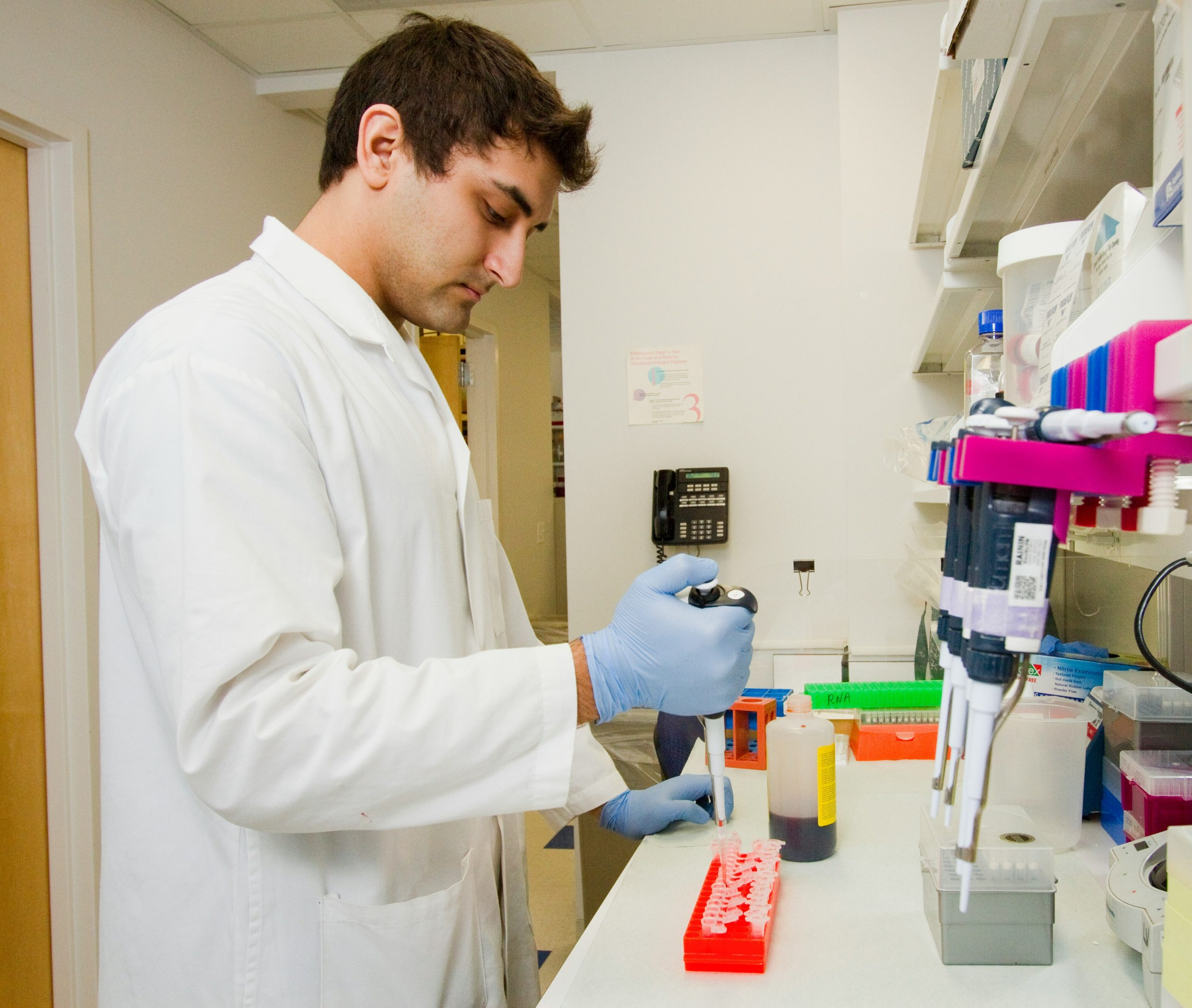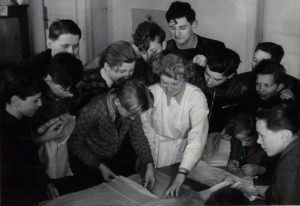Moving Beyond Standardized Testing in Educational Measurement
In recent years, the education system has undergone a major overhaul, with a shift towards standardized testing as the primary measure of student achievement. However, the excessive focus on standardized testing has resulted in a myriad of issues, including teaching to the test, increased stress and anxiety among students, and a one-size-fits-all approach to education. It is time to move beyond standardized testing in educational measurement and explore alternative methods of assessing student learning and progress.
The Problem with Standardized Testing
Standardized testing has long been considered the gold standard in educational measurement. It involves administering the same test to all students, regardless of their background, abilities, or learning styles. The results of these tests are then used to evaluate the effectiveness of schools, teachers, and curriculum. However, this method of assessment has come under heavy criticism in recent years for several reasons.
Lack of Individualization
One of the main criticisms of standardized testing is that it does not take into account the individual strengths and weaknesses of students. Each student is unique, with different learning styles, abilities, and interests. Yet, standardized tests fail to recognize this and have a one-size-fits-all approach, which can be demotivating and frustrating for students who do not perform well in this type of assessment.
Teaching to the Test
Another issue with standardized testing is that it often leads to a phenomenon known as “teaching to the test.” In order to ensure that their students perform well on these tests, teachers often resort to drilling them with practice questions and rote memorization of facts and figures. This not only takes away from valuable learning time but also limits the scope of what is taught in the classroom.
Inaccurate Measure of Learning
Standardized tests are designed to measure a student’s ability to recall information and apply it in a specific format. However, they do not accurately measure a student’s critical thinking skills, creativity, or problem-solving abilities, which are essential for success in the real world. Therefore, using standardized tests as the sole measure of a student’s learning can be misleading and inaccurate.
Alternative Methods of Assessment
So, if not standardized testing, then what? Educators and researchers have been exploring alternative methods of assessment that focus on a more holistic view of student learning. These include formative assessments, performance-based tasks, and portfolios.
Formative Assessments
Formative assessments are ongoing assessments that provide teachers with real-time information on student learning. These can come in the form of quizzes, discussion, and observation, and are used to guide instruction and improve student learning. Unlike standardized tests, formative assessments take into consideration individual student progress and allow for personalized instruction.
Performance-Based Tasks
Performance-based tasks require students to use their knowledge and skills to complete a task or solve a problem. These can include projects, essays, or presentations and provide a more accurate measure of a student’s learning, as they assess critical thinking, creativity, and problem-solving abilities. Moreover, performance-based tasks can be tailored to the individual interests and abilities of students, making the assessment more engaging and meaningful.
Portfolios
A portfolio is a collection of a student’s work from a specific period, showcasing their learning, progress, and achievements. Portfolios provide a more comprehensive view of student learning and can include a variety of artifacts, such as written work, projects, and creative projects. They also allow for self-reflection, promoting metacognitive skills and helping students take ownership of their learning.
The Benefits of Moving Beyond Standardized Testing
Moving beyond standardized testing in educational measurement has numerous benefits, including:
Promoting a More Inclusive Environment
Standardized tests have long been criticized for their lack of inclusivity, as they do not take into account the unique backgrounds and circumstances of students. By utilizing alternative methods of assessment, educators can create a more inclusive environment that recognizes and celebrates the diverse strengths of their students.
Increased Student Engagement
Standardized tests are often seen as dull and monotonous by students, leading to a disengagement with the learning process. Alternative methods of assessment, such as performance-based tasks and portfolios, can be tailored to the interests and abilities of students, making the learning process more engaging and meaningful.
More Accurate Measure of Learning
Standardized tests only measure a small portion of a student’s learning, while alternative methods of assessment provide a more comprehensive view. By incorporating a variety of assessment methods, educators can obtain a more accurate measure of student learning and progress.
Conclusion
The education system must move beyond standardized testing in educational measurement and explore alternative methods that promote a more holistic view of student learning. While standardized tests may have their place in the assessment process, they should not be the sole measure of a student’s progress. By doing so, we can create a more inclusive, engaging, and accurate educational experience for all students.











